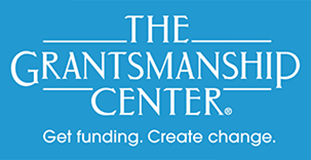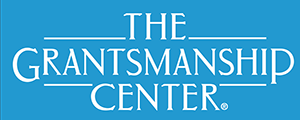One request for a grant, one lottery ticket: which has a better chance of winning? A false equivalence, for sure, because there’s a lot you can do to improve your odds with a proposal—even a single request. But with lottery tickets, all you can do is buy more and more of them in the hope that one might hit it big. Still, it’s on the minds of most who write and submit proposals.
Blog
Five Elements of a Compelling Proposal
Are there really essential pieces and parts of a persuasive proposal? Things you absolutely need to include: no matter the subject, no matter the funder? Experience suggests that the answer is yes, there are basics that can’t be ignored. The Grantsmanship Center 's Model includes 8 essential parts for a successful proposal. And of those eight, here's the five that too often are neglected:
Who Reviews Your Proposals?
Sending off a well-written, credible proposal is the first act in the drama. Now comes the mystery – someone, somewhere is going to read it, evaluate it and decide whether or not to fund it. Who are those guys? Who reads, votes, rejects or rewards your effort?
Coins in the Can
In a proposal writing workshop one of the participants (call her Roxanne) despaired of anyone wanting to help her raise the money she needed. “All we need is a van to carry some equipment,” she worried, “but it’s not glamorous and we don’t have any way to get started.”
“You Never Call, You Never Write. . .”
Many nonprofits are probably “guilty” of this understandable habit: you contact a foundation to see if you can apply; then you submit a proposal; and if you’re awarded the grant, you wait until the required report to contact them again. Perhaps three communications in the lifespan of a grant.
Growing a DEI Culture
Most, if not all, funders now expect your nonprofit to address diversity, equity and inclusion (DEI) in your proposal. Funders want to know what you have to say about whether and how your organization is diversifying, delivering your work equitably and including all who are a part of your community and society.
Teaming Up to Tackle a Proposal
When it’s time to write the winning proposal, it can turn into a scene from a bad movie: the writer, alone at a cubicle, staring down the guidelines, cramming thousands of words into tiny boxes, gulping black coffee and heart racing to the beat of a merciless clock on the wall.
When a Funder Looks Under the Hood
The good news—a foundation wants to look closely at your nonprofit organization because there’s the possibility of a major grant. You’ve heard that a site visit is planned, a review of your board’s participation is in the works and a thorough financial examination is part of the process.
What Can We Say Besides, "We're Still Here?"
Your nonprofit has been around a long time—congratulations, statistics suggest that a third of nonprofits fail after 10 years, half of all new nonprofits shrivel up after only a few years. If your organization has weathered economic downturns (and Covid lockdowns), you’re doing just fine.
The Water, The Hose, and the Proposal
It’s an often-used metaphor: funders want to pay for the water to put out a fire, but not the hose it takes to deliver the spray. How to make a compelling case for general operating support?












